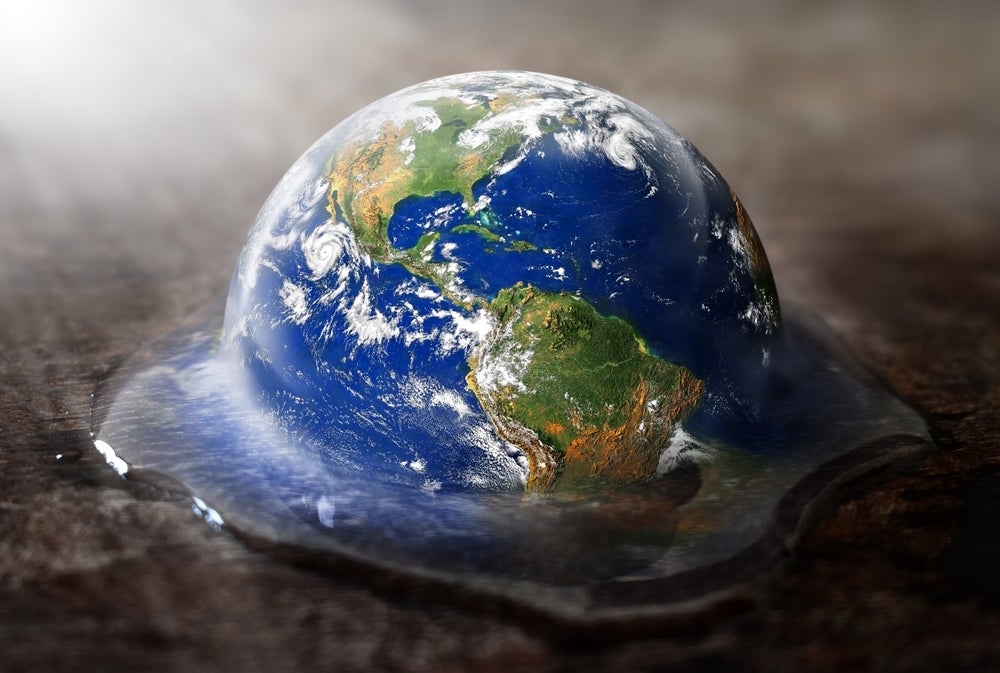
Talk of an impending global recession has grown exponentially in recent months, with varying levels of gloom and doom. Among these voices is the UN Conference on Trade and Development (UNCTAD), whose October report gave stark warnings.
Rapid interest rate increases and fiscal tightening in advanced economies, combined with the cascading crises resulting from the Covid-19 pandemic and the war on Ukraine, have turned a global slowdown into a downturn, according to UNCTAD. “Monetary and fiscal policy moves in advanced economies risk pushing the world towards global recession and prolonged stagnation, inflicting worse damage than the financial crisis in 2008 and the Covid-19 shock in 2020,” it says.
This forecast, however, is not shared by all. Glenn Barklie, chief economist at Investment Monitor and head of foreign direct investment (FDI) services at GlobalData, says that while there is a possibility a global recession could become a reality in 2023, there will not be anything like the same impact as that of the 2008 financial crisis, as the parameters are notably different. As 2022’s crisis is primarily driven by inflation, governments must adopt a tightening of monetary policy to try to curb spiralling inflation and pandemic-induced debt burdens, he adds.
UNCTAD, however, thinks that any belief that governments will be able to bring down prices by relying on higher interest rates without generating a recession is an imprudent gamble. “At a time of falling real wages, fiscal tightening, financial turbulence and insufficient multilateral support and coordination, excessive monetary tightening could usher in a period of stagnation and economic instability for many developing countries and some developed ones,” it says.
This year’s interest rate hikes in the US are set to cut an estimated $360bn of future income for developing countries (excluding China) and signal even more trouble ahead, says the report.
The countries worst affected by a global recession
The UN expects the world economy to grow by 2.5% in 2022, while for 2023 that figure is predicted to only hit 2.2%, thereby leaving real GDP growth below its pre-pandemic trend by the end of 2023 and a cumulative shortfall of more than $17trn – close to 20% of the world’s income.
However, the level of exposure to inflation is significantly different throughout the world. “Some countries such as Zimbabwe, Argentina and Turkey are seeing continued hyperinflation,” says Barklie. “Others such as the UK, Germany and Italy are seeing continued rises into double-digit inflation.”
Although the global slowdown is hitting all regions, alarm bells are ringing loudest for developing countries, where the average economic growth rate is projected to drop below 3%, a pace that will squeeze public and private finances and damage employment prospects.
“Middle-income countries in Latin America, as well as low-income countries in Africa, will register some of the sharpest slowdowns this year,” says UNCTAD, which adds that countries that were showing signs of debt distress before Covid are taking some of the biggest hits (Zambia, Suriname, Sri Lanka) with climate shocks further threatening economic stability (Pakistan).
Alarming levels of debt and underinvestment
The pandemic hit FDI to emerging markets the hardest, as capital and companies from developed countries looked to safer havens. In this regard, and all others, 2022 was meant to be the year of continued recovery, as seen in 2021.
However, net capital flows to developing countries have turned negative with the deterioration of financial conditions since the last quarter of 2021, says UNCTAD. On net, developing countries are now financing developed ones.
Meanwhile, some 90 developing countries have seen their currencies weaken against the dollar in 2022 – more than one-third of them by more than 10%. “Foreign exchange reserves are falling and bond spreads are widening, with a growing number posting yields ten percentage points higher than US treasuries,” says the UNCTAD report. Currently, 46 developing countries are severely exposed to multiple economic shocks and another 48 seriously exposed, heightening the threat of a global debt crisis.
In the coming months and years, companies will face mounting pressure as governments and central banks raise interest rates to try to encourage the public to save money. “If people are saving, they are not spending and therefore putting pressure on companies in the form of reduced demand,” says Barklie. “In turn, this could lead to companies reducing output, laying off staff, filing for bankruptcy – all having negative impacts on a country’s ability to grow.”
UNCTAD concludes that the situation in developing countries is much more tenuous than recognised by the G20 and other international financial fora, with talk of a global financial safety net increasingly at odds with the reality.
There is still time, however, to step back from the edge of recession, according to UNCTAD secretary-general Rebeca Grynspan. “We have the tools to calm inflation and support all vulnerable groups,” she says. “This is a matter of policy choices and political will. But the current course of action is hurting the most vulnerable, especially in developing countries, and risks tipping the world into a global recession.”



